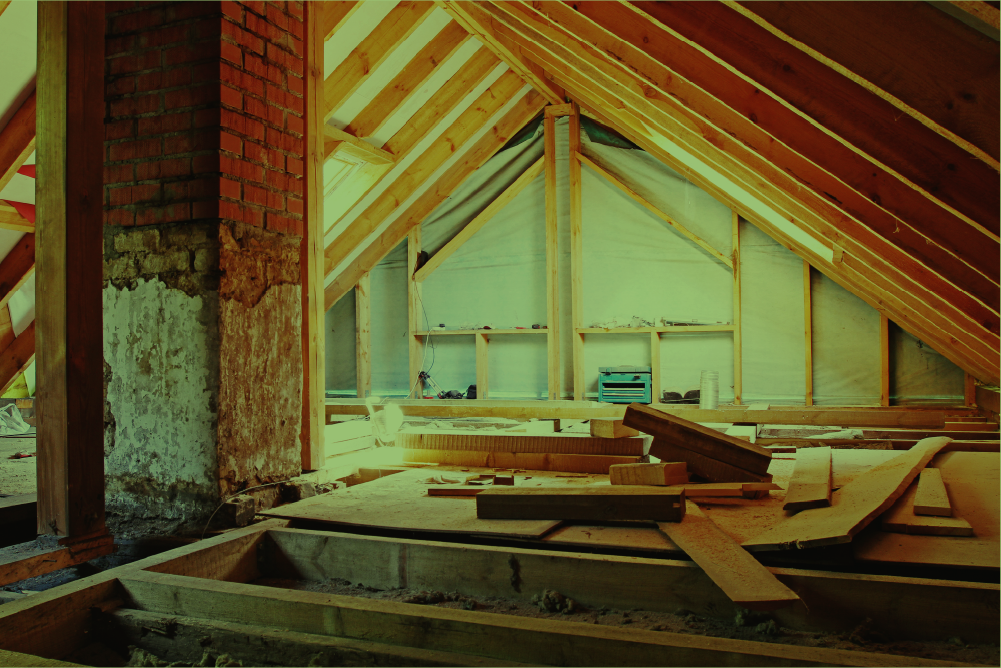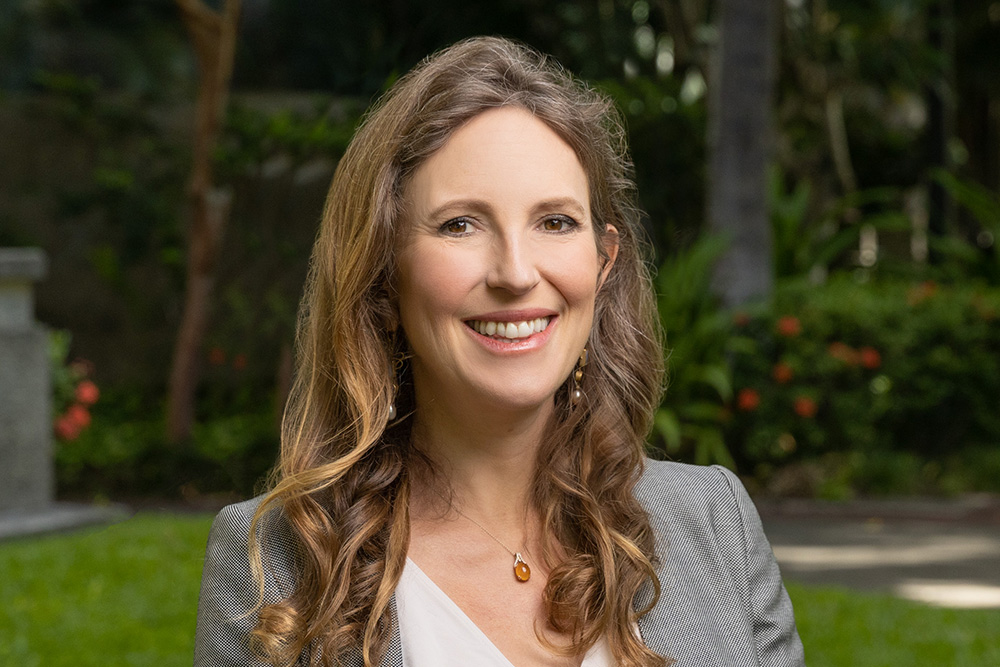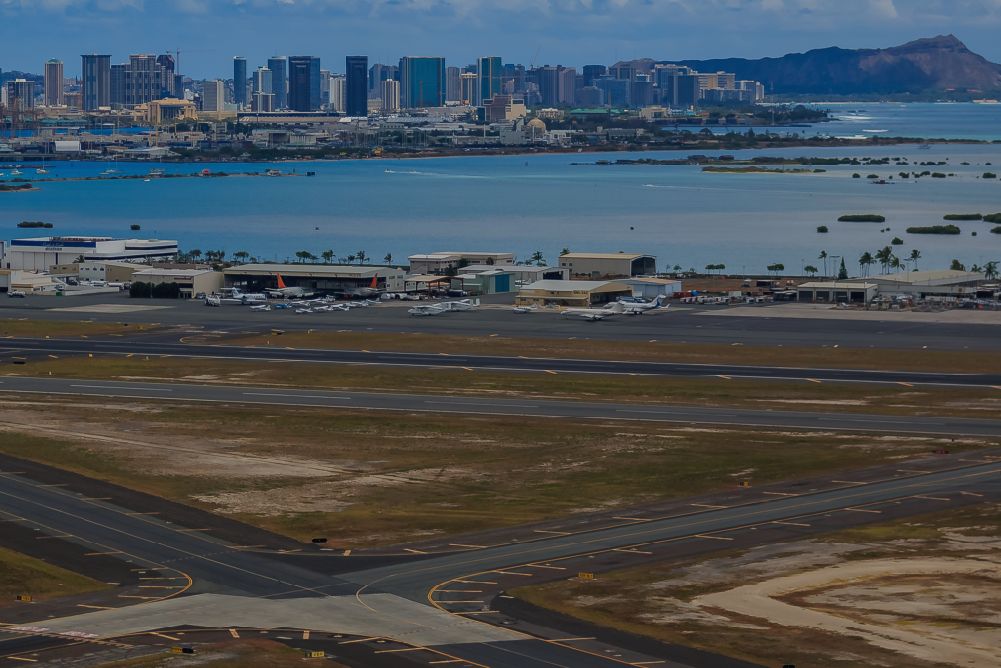As a lawyer who works with victims of the deadly disease mesothelioma, I always get satisfaction when we get the “bad guy.” I was particularly pleased back in May, 2011 when I heard one of the “badest guys” of all time, the radical al-Qaeda leader Osama Bin Laden, had been captured and killed by US Navy Seals. Osama Bin Laden was the master mind behind the September 11, 2001 terrorist attacks that claimed the lives of over 2,500 innocent Americans. The tragedy on September 11, 2001 was the greatest loss of lives America has seen since the attack at Pearl Harbor in 1941.
Following his death, Bin Laden was buried at sea within 24 hours. The aircraft carrier the USS Carl Vinson (CV-70) was responsible for the burial. Senior officers and sailors were reluctant to talk about Bin Laden’s burial. Officials from the Pentagon have said Bin Laden’s body was placed in a weighted bag and brought on board. An officer from the USS Carl Vinson made a few religious remarks before Bin Laden’s body was tipped overboard into the sea.
On June 7, 2011 the USS Carl Vinson made a brief stop in Pearl Harbor on its way to the ship’s new homeport of San Diego. The ship was returning from a 6 month-long deployment in the Western Pacific and Middle East. The sailors were greeted by excited friends and family and rounds of applause for their actions while on duty.
The USS Carl Vinson

The USS Carl Vinson, commissioned March 13, 1982, was aptly named after the Georgia congressman who served in the United States House from 1914-1965. Carl Vinson was an avid advocate for national defense, particularly for the U.S. Marine Corps and the U.S. Navy. He was known as the “Father of the Two-Ocean Navy." The Two-Ocean Navy Act passed in 1940 during Vinson's tenure in Congress as the country was about to enter World War II. This Act called for the Navy to increase its fleet size by 70%. Along with this increase in the fleet came the extensive use of asbestos insulation on Navy ships, exposing shipyard workers and seamen to this deadly carcinogen.
Asbestos and the U.S. Navy
Literally tons of asbestos insulating materials were used on aircraft carriers and all classes of US Navy vessels up until the late 1970’s and into the 1980’s. A Navy ship's machinery and piping would be covered with asbestos insulation from stem to stern. These materials ranged from asbestos pads, felt and cloth to asbestos pipe covering and cement to asbestos gaskets and packing. These asbestos-containing products would be routinely removed and replaced dozens, if not hundreds, of times throughout the life of a ship causing asbestos fibers to be released into the air.
Shipyard workers, including those at Pearl Harbor Naval Shipyard, who were involved in the construction, repair, and overhaul of these ships, were exposed to the asbestos dust released from these materials. Likewise, Navy seamen were exposed to the asbestos dust as they operated and maintained these vessels at sea and in port. These ships were their jobsites as well as places they called home while at sea and on duty.
US Navy Veterans and shipyard workers are at a high risk of developing mesothelioma because of the tons of asbestos insulating products that were used aboard these vessels. Over these past 33 years, I have had the privilege to represent many of these veterans who have contracted mesothelioma as a result of their service. Please do not hesitate to contact me if I can help you or a loved one who has been diagnosed with this disease.






